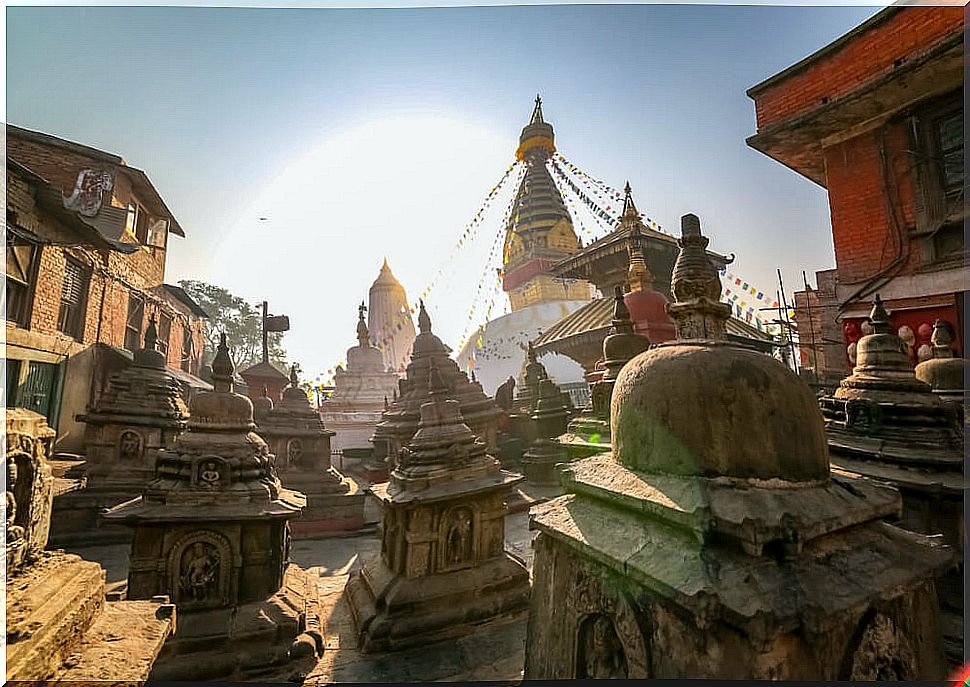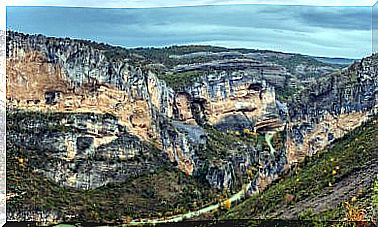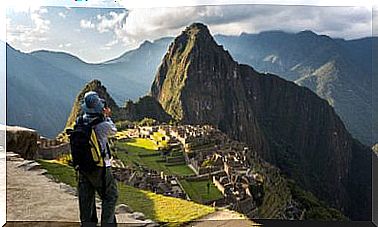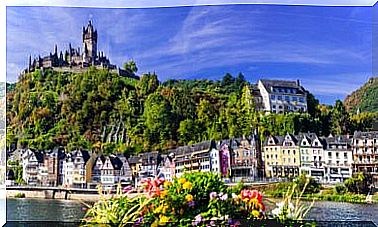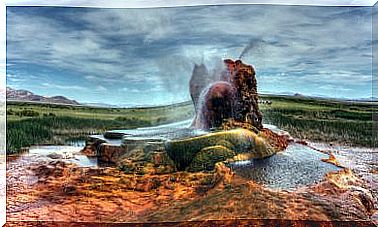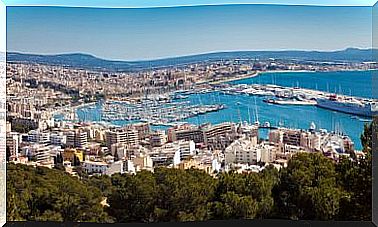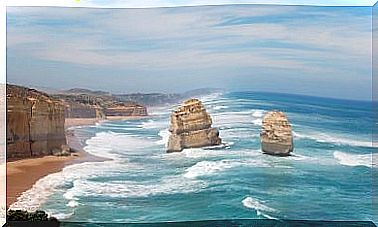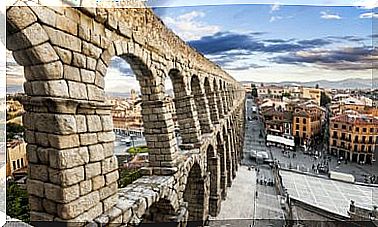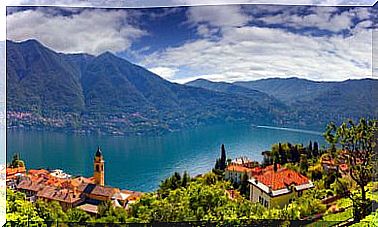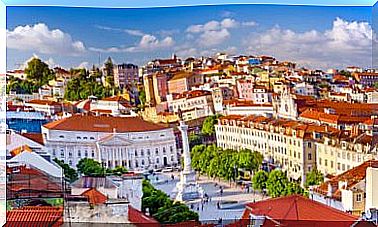Wild Nature In Chitwan National Park
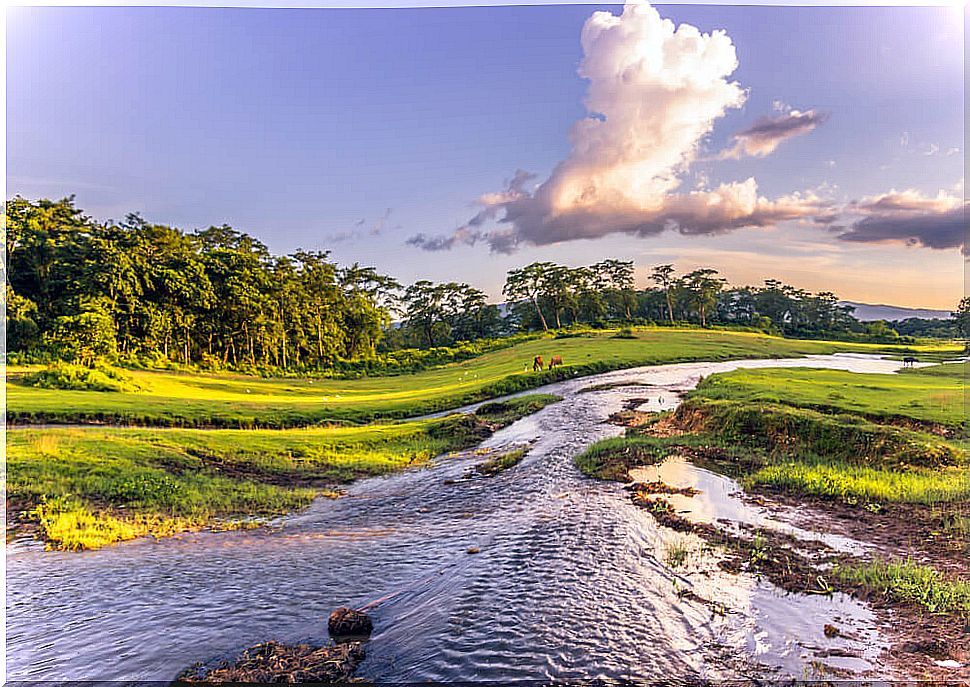
Chitwan National Park was the first national park in Nepal. Founded in 1973, it is one of the most spectacular wildlife reserves in the country and in Asia.
This park of more than 900 km² has been part of the UNESCO World Heritage Site since 1984. Many consider it one of the best natural spaces on the continent for observing wildlife.
The origin of Chitwan National Park
The history of the park begins in the 19th century, when the rulers used the area as their personal preserve. Similarly, during the 1950s several camps were established around the natural area to provide a resting place for travelers from southern Nepal.
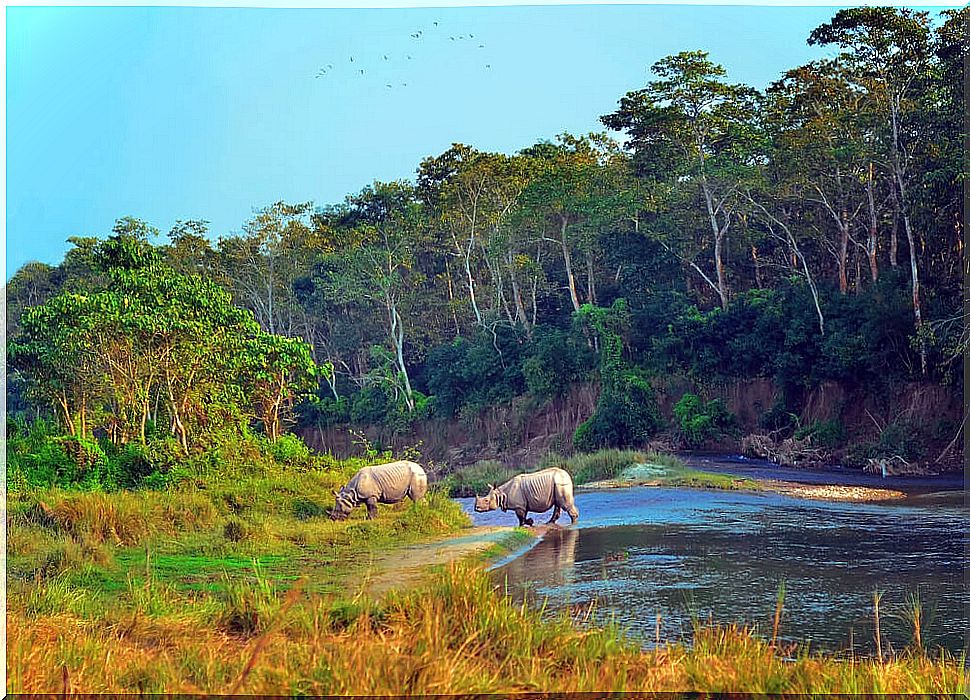
Unfortunately, hunting was also practiced and camps were set up only for hunters. During this entire period, hundreds of tigers, rhinos and bears were hunted, among others. In the same way, farmers also contributed their grain of sand to the deterioration of the area, destroying the forest to get more areas for cultivation.
Finally, in 1957 the first law in favor of the conservation of rhinos and their habitat was adopted. Only two years later a study of the area was carried out with the intention of creating a protected area that would include the north and south of the Rapti River. This initiative was studied for 10 years and would end with an expansion of the area in 1963.
However, in the late 1960s the area was severely contaminated due to abuse of the pesticide DDT as a preventive measure against malaria. This caused the number of rhinos in the wild to be reduced to less than 100 specimens. To prevent the extinction of the rhinos, in December 1973 the Chitwan National Park was established.
The reserve underwent a new extension in 1977 and was named a World Heritage Site by UNESCO in 1984. The park is home to the marshes, forests and grasslands that surround the Rapti and Reu rivers. It is a natural life sanctuary that is the habitat of rhinos, Bengal tigers and crocodiles, as well as numerous species of birds.
What to do in Chitwan National Park
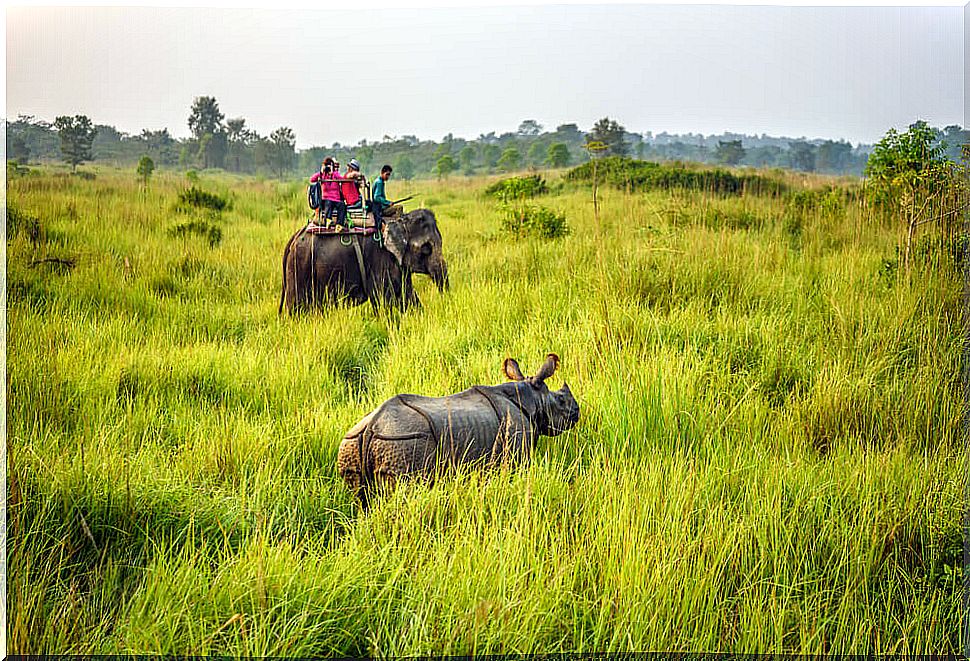
Without a doubt, one of the most popular attractions in the park is going on a safari. In this way, we can be in direct contact with the fauna and flora of the park. In addition, several routes are offered for the whole family.
We can also visit the town of Meghauli, where we can observe the daily life of the inhabitants of the area and learn about their customs. Here we will find an interesting fusion between modernity and tradition, as well as the possibility of visiting its large corn crops.
There are more activities, like going out for a canoe ride at sunrise. The views that are appreciated are beautiful and the possibility of seeing rhinos increases in these early hours of the day. In addition, during the trip down the Rapti river it is also possible to meet the well-known crocodiles gavilaes and species of birds that nest in the wetlands.
Hiking trails are also offered for walks through the jungle. In them it is possible to be lucky enough to see the trail of a Bengal tiger or simply enjoy the sound of the virgin forest of Nepal.
Tips to enjoy the trip
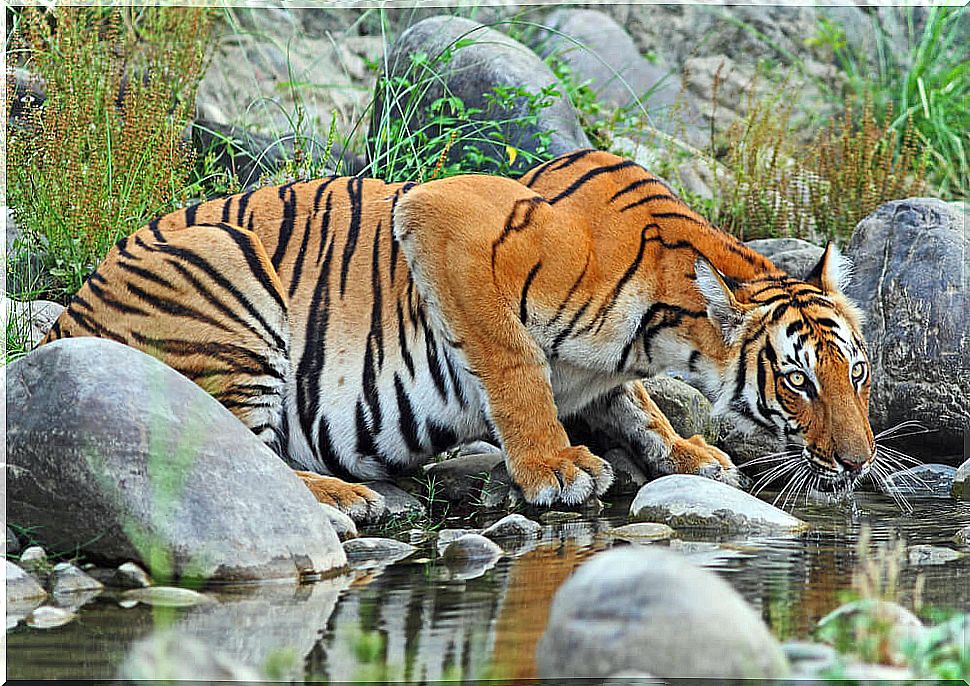
The fastest way to get to Chitwan is by flying from Kathmandu to Pokhara. The trip lasts between 20 and 30 minutes and is not too expensive. You can also drive to the park, which will take almost six hours to travel, but in return it is possible to enjoy more of the landscape.
One of the best times to travel to Chitwan National Park is between the months of February and May. During the spring both the fauna and the vegetation are much more active and the possibility of spotting animals in the wild increases.
However, it is not a bad idea to travel to Chitwan in summer either, as we can enjoy watching the animals cool off in the park’s rivers and large lakes.
